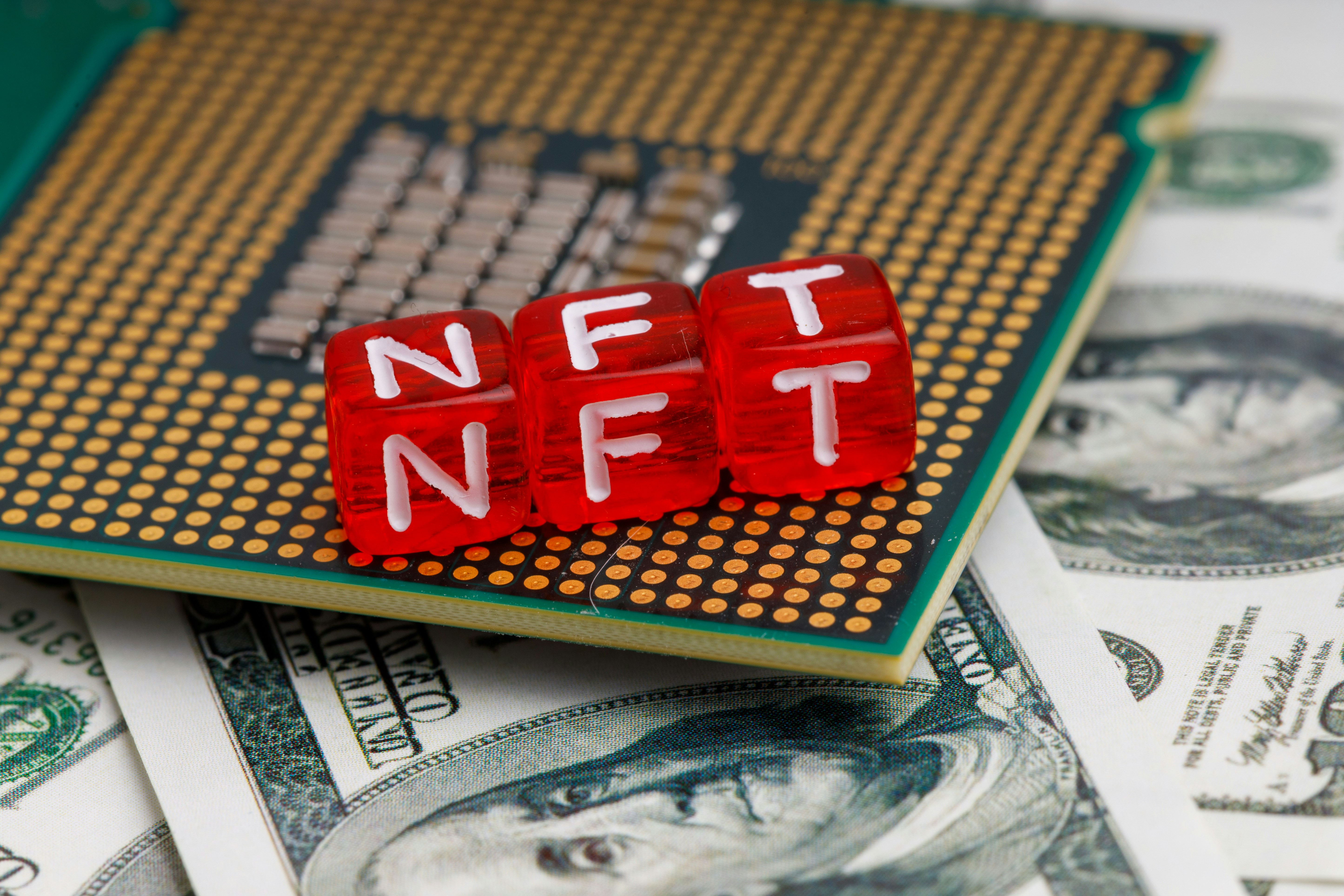Beyond the Frame: The Rise of Virtual Art Collecting
In a rapidly digitalizing world, the art industry is experiencing a significant transformation, with virtual art collecting emerging as a groundbreaking trend. This new paradigm, propelled by technological advancements and shifting consumer habits, is reshaping how art is created, bought, and experienced. As traditional galleries and exhibitions adapt to this change, virtual platforms offer unprecedented access and opportunities for artists and collectors alike.

The Digital Revolution in Art
The shift towards virtual art collecting can be traced back to the early 2000s when the internet began to influence how art was marketed and sold. Online galleries and auction houses emerged, offering art lovers the chance to view and purchase works without geographical constraints. This democratization of access laid the foundation for today’s digital art economy, where blockchain technology and non-fungible tokens (NFTs) have further revolutionized the industry.
NFTs: A New Medium for Artists
Non-fungible tokens, or NFTs, have become a buzzword in the art world, offering a new medium for artists to monetize their work. Unlike traditional art forms, NFTs are unique digital assets verified using blockchain, ensuring authenticity and ownership. This innovation has enabled artists to sell digital creations directly to collectors, bypassing conventional gatekeepers and auction houses. NFTs have also sparked debates about the nature and value of art, challenging traditional notions of originality and scarcity.
Virtual Galleries: Expanding Access and Engagement
Virtual galleries have emerged as a vital component of the virtual art collecting ecosystem. These platforms offer immersive experiences that rival physical exhibitions, leveraging virtual reality and augmented reality technologies to create dynamic and interactive displays. Virtual galleries provide a platform for emerging artists to gain visibility and reach global audiences, while collectors can explore diverse collections from the comfort of their homes. This shift has also encouraged established galleries to embrace digital strategies, blending physical and virtual elements to enhance visitor engagement.
The Impact on Artists and Collectors
The rise of virtual art collecting has had profound implications for both artists and collectors. For artists, digital platforms offer new avenues for exposure and sales, broadening their reach beyond local markets. The ability to connect directly with collectors fosters a sense of community and collaboration, enabling artists to build loyal followings and receive feedback in real-time. For collectors, virtual platforms offer unprecedented access to a diverse range of artworks, democratizing the collecting process and allowing for personalized curation.
Challenges and Future Prospects
Despite its many advantages, virtual art collecting faces challenges. Issues of authenticity, copyright infringement, and market volatility persist, requiring ongoing efforts to establish regulatory frameworks and best practices. Additionally, the digital divide remains a barrier for some artists and collectors, limiting access to technology and resources. However, as technology continues to evolve, the potential for virtual art collecting to reshape the industry is immense. With increased investment in digital infrastructure and education, the future promises a more inclusive and innovative art world.
Embracing the Virtual Future
As the art industry navigates this digital transformation, virtual art collecting stands at the forefront of change. By embracing technology and innovation, artists and collectors can unlock new opportunities for creativity, connection, and commerce. While challenges remain, the potential for virtual platforms to democratize access and redefine the art experience is undeniable. As we move beyond the traditional frame, the art world is poised for an exciting and dynamic future.




